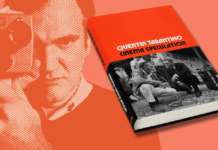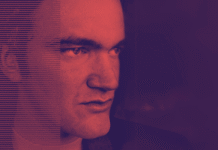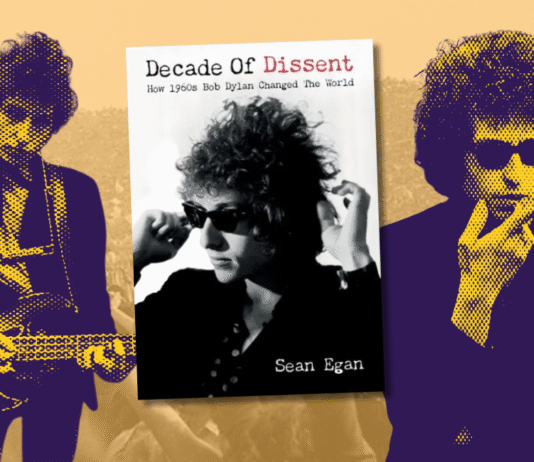Introduction: The Stanley Kubrick Archives (2016) A Love Letter to the Man Who Made Actors Cry for Art
Stanley Kubrick didn’t make films. He orchestrated psychological warfare using cameras and lighting. Known for his cinematic masterpieces and penchant for soul-crushing perfectionism, Kubrick was that rare auteur who could turn a sci-fi opera into a philosophical treatise – and still make it look sexy.
Enter The Stanley Kubrick Archives, a tome so vast, dense and meticulous it practically bleeds Kubrick. Compiled by Alison Castle and published by Taschen, this behemoth of a book is a love letter, an archaeological dig and a psychological profile all rolled into one 704-page brick. Owning it feels less like reading and more like enrolling in a Kubrickian cult. Don’t say we didn’t warn you.
Table of Contents

The Book Itself: Is This a Book or a Weapon?
First, the physicality. This isn’t a book you read in bed unless you enjoy the sensation of slowly being crushed to death. Weighing in at nearly 13 pounds, it’s less a coffee table book and more a coffee table replacement. The larger version of this title comes with a plastic-sealed film strip from 2001: A Space Odyssey, which is either a lovely collector’s item or a cursed artefact, depending on your perspective. but today we will be focusing on the 704 page hardback version.
It’s published by Taschen, the publishing house for people who think, “I’d like to spend £100 to prove I know things.” As with most Taschen offerings, the production value is absurd: glossy pages, immaculate design and visuals so crisp you can almost hear Shelley Duvall sobbing in the background.
Contents: Behind the Madness of the Mastermind
The book is split into two parts. Part One is a chronological journey through Kubrick’s entire filmography, from his 1950s documentary days (yes, he started with documentaries, presumably before deciding real life was too messy and uncontrollable) through to his final mind-bender, Eyes Wide Shut.
Each section includes production stills, annotated scripts, storyboards, costume designs, obsessive memos and notes so precise they could double as instructions for launching a space shuttle. You’ll discover:
- Handwritten shooting notes for A Clockwork Orange, including how to frame ultraviolence with just the right amount of jazz.
- Rejected poster designs for The Shining that prove even Kubrick’s marketing had a god complex.
- Extensive memos about typefaces, because of course he cared about typefaces. This is the man who filmed 127 takes of a character walking through a door.
Part Two consists of interviews with people who had the dubious honour of working with Kubrick – actors, producers, collaborators and probably a few exorcists. Some are glowing tributes to his genius. Others are polite ways of saying, “He was a visionary, but also kind of a nightmare.”

Kubrick the Man: God, Tyrant, or Meticulous Librarian?
Kubrick is that rare figure who manages to be both admired and feared in equal measure. The Stanley Kubrick Archives doesn’t flinch from the dichotomy. Yes, he was a genius who revolutionised cinema. He also made Tom Cruise walk through a door 95 times. That’s not directorial precision – that’s some kind of psychological endurance trial.
This book reveals that Kubrick’s greatest film may have been his life itself, a meticulous performance of obsession, paranoia and relentless pursuit of the perfect shot. His archives include everything from hundreds of Polaroids of doorways to thousands of newspaper clippings. It’s the sort of thing that would look terrifying in a serial killer’s apartment – but here, it’s art.
Highlights That Will Break Your Brain (in a Good Way)
2001: A Space Odyssey
There are schematics, diagrams and astronaut suit designs so detailed NASA probably got jealous. Kubrick didn’t just want a sci-fi movie. He wanted to invent space travel from scratch.
The Shining
Includes a breakdown of camera movements, maze layouts and typewriter font choices. Also contains behind-the-scenes images where you can literally see Jack Nicholson turning into a maniac in real-time.
Dr. Strangelove
The nuclear war room is obsessively reconstructed here, proving once again that no one shoots apocalypse satire with quite so much symmetry.
Eyes Wide Shut
The book details Kubrick’s labyrinthine planning for what was ultimately a two-and-a-half-hour erotic masquerade of awkwardness. There’s something beautifully ironic about spending years perfecting a film that mostly features Tom Cruise looking confused in a cloak.
Sarcasm Meets Sincerity: Why This Book Works
Much like Kubrick himself, The Stanley Kubrick Archives is equal parts inspiring and mildly terrifying. It doesn’t just celebrate his work, it dissects it with clinical precision. Alison Castle, the editor, treats Kubrick’s legacy with the same obsessive attention he gave to his own projects.
What’s remarkable is that despite the mountain of information, the book never feels bloated. It feels… necessary. Like Kubrick’s films, it demands your full attention and rewards you handsomely if you’re willing to surrender to its intensity.
That said, if you’re a casual film fan, this book might feel like being shouted at in Latin by a film professor while strapped to a dolly rig.
Who Is This Book For?
People who can comfortably lift a dumbbell
Hardcore cinephiles who think director’s commentaries are foreplay
Film students looking to either worship or fear the auteur myth
Design nerds who get excited about kerning and Kubrick’s archive boxes
Anyone who’s ever said “I like movies with depth” and meant it
Final Thoughts: You’re Not Ready for This Book – But That’s the Point
The Stanley Kubrick Archives isn’t just a book. It’s a Kubrick film disguised as literature. It’s a masterpiece of structure, obsession and design that practically demands a 4K restoration of your eyeballs.
It will make you fall in love with cinema all over again, or convince you that filmmaking is a slowly imploding career path where art and madness are lovers with matching monogrammed straight jackets. Possibly both.
One thing’s for sure: After flipping through this hulking shrine to genius, you’ll never watch Barry Lyndon the same way again. Or walk through a door without wondering if you could’ve done it better in Take 98.















